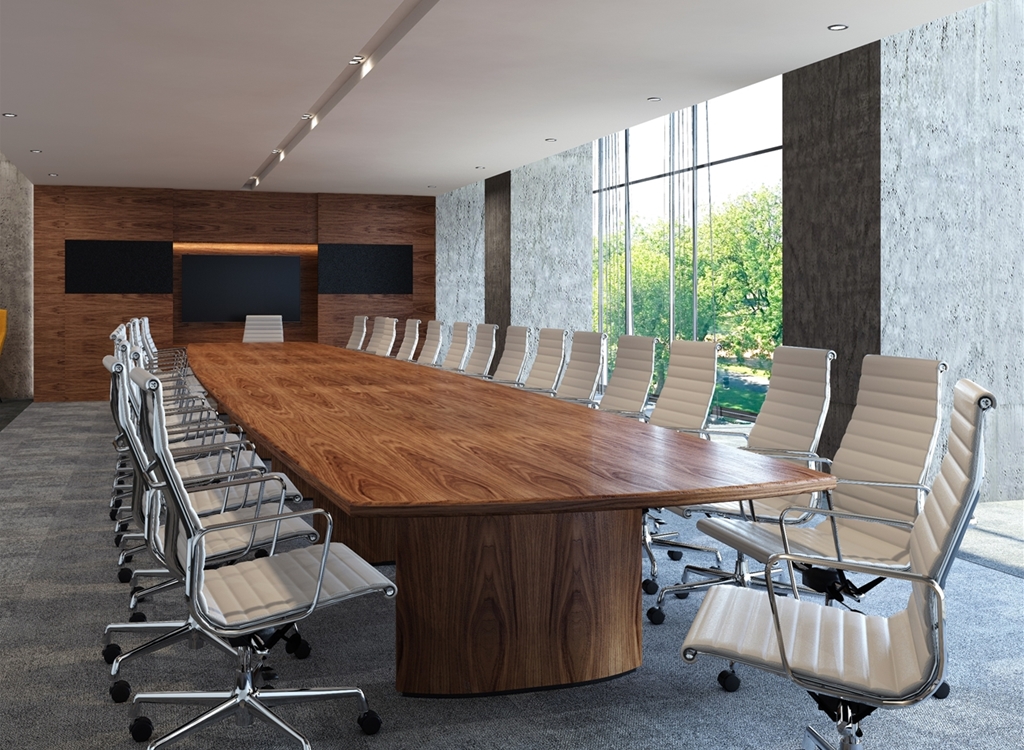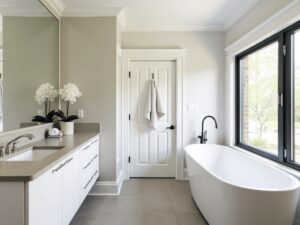
In the fast-paced world of business, effective communication is paramount, and meetings play a vital role in facilitating collaboration and decision-making. A well-designed conference table serves as the centerpiece of such interactions, enhancing not only the visual appeal of the room but also the functionality of the meetings. This article delves into the importance of conference tables, their various designs, factors to consider when choosing one, and how they impact productivity.
The Evolution of Conference Tables
From Traditional to Modern: A Design Journey
In the early days of business meetings, large wooden tables dominated conference rooms. However, with changing aesthetics and technological advancements, conference table designs have evolved. Today, we find a variety of materials, shapes, and sizes, catering to different organizational needs.
Functionality Meets Aesthetics: The Dual Role of Conference Tables
Modern conference tables aren’t merely functional; they also serve as aesthetic statements. Sleek, minimalist designs with integrated technology have become the norm, adding a touch of sophistication to the workspace. These tables boast features like built-in power outlets, data ports, and cable management systems, seamlessly blending utility with elegance.
Choosing the Right Conference Table: Factors to Consider
Size and Shape: Tailoring to Your Needs
The size and shape of your conference table should align with the size of your meeting room and the number of participants. Rectangular tables accommodate more people, while circular tables encourage inclusivity and open discussions.
Material Selection: Balancing Durability and Elegance
When choosing materials for your conference table, consider the level of durability required and the overall aesthetics you aim to achieve. From classic hardwoods to modern glass and metal combinations, the options are vast.
Technology Integration: Bridging the Gap
Integrating technology into your conference table can revolutionize your meetings. Wireless charging capabilities, built-in screens, and video conferencing equipment enhance connectivity and productivity.
Ergonomics and Comfort: A Productive Environment
Ergonomics should not be overlooked. Comfortable seating arrangements and well-designed table heights can have a significant impact on meeting efficiency and participant engagement.
Impact on Productivity and Collaboration
Fostering Communication and Team Dynamics
The right conference table can break down hierarchical barriers, encouraging all participants to contribute ideas freely. This setup fosters a collaborative environment, where diverse perspectives converge for effective decision-making.
Efficiency in Meetings: Time is Money
An ergonomic and well-equipped conference table can streamline meetings, reducing the time spent on setting up equipment and troubleshooting technical glitches. This efficiency directly translates into increased productivity.
In the contemporary business landscape, conference tables are more than just pieces of furniture; they are tools that facilitate communication, encourage collaboration, and enhance productivity. By carefully considering factors like size, shape, material, and technology integration, organizations can create a conducive environment for impactful meetings. A thoughtfully chosen conference table is an investment that pays dividends in the form of improved communication, innovative ideas, and successful outcomes.
How do I determine the right size for my conference table?
Choosing the right size for your conference table depends on two key factors: the size of your meeting room and the average number of participants. It’s essential to ensure that the table provides adequate space for everyone while still allowing for comfortable movement. Rectangular tables generally offer more seating along their longer sides, making them suitable for larger gatherings. Circular tables, on the other hand, are designed for more intimate discussions and encourage equal participation. To promote interaction and effective communication, aim for a table size that balances space with engagement.
What materials are popular for modern conference tables?
Modern conference tables come in a wide range of materials, each with its unique characteristics and aesthetics. Common materials include wood, glass, metal, and even acrylic. Wood exudes warmth and sophistication, with various finishes available to match your office’s style. Glass tables lend an air of modernity and openness, while metal tables offer durability and a contemporary look. Acrylic tables provide a sleek and minimalist vibe. Your choice of material should align with the overall design of your workspace and the desired durability of the table, ensuring it complements the existing decor while meeting functional requirements.
Can a circular conference table accommodate more people than a rectangular one?
In most cases, rectangular tables can accommodate more participants compared to circular ones. The extended length of a rectangular table provides ample seating along its longer sides, making it suitable for larger gatherings and board meetings. On the other hand, circular tables are designed for more intimate discussions and encourage equal participation among participants. They work well for brainstorming sessions and smaller team meetings, where collaboration and interaction are prioritized over accommodating a large number of attendees. Therefore, the choice between a circular and rectangular table should be based on the nature of the meetings you often conduct.
How does technology integration impact meetings?
Technology integration in conference tables can significantly enhance the efficiency and effectiveness of your meetings. Modern conference tables are equipped with various tech features such as wireless charging pads, built-in screens, video conferencing equipment, and connectivity ports. These features streamline communication, making it easier to share presentations, conduct virtual meetings, and display important data. Wireless charging capabilities ensure that participants can keep their devices powered throughout the meeting. Built-in screens facilitate interactive presentations and video demonstrations, enhancing engagement. In essence, technology integration transforms the conference table into a hub of connectivity, promoting seamless collaboration and communication.
Are ergonomic considerations essential when choosing a conference table?
Yes, ergonomic considerations are crucial when selecting a conference table. An ergonomic conference table contributes to the overall comfort and productivity of the meeting environment. Well-designed seating arrangements and appropriate table heights prevent discomfort and fatigue during extended meetings. Ergonomics ensure that participants can focus on discussions without distractions caused by discomfort. Comfortable seating encourages engagement and active participation, enhancing the overall quality of the meeting. By prioritizing ergonomics, you create a conducive atmosphere where attendees can collaborate effectively and generate innovative ideas.






